Interview: Star Trek Online Senior Environment Artist Nick Duguid
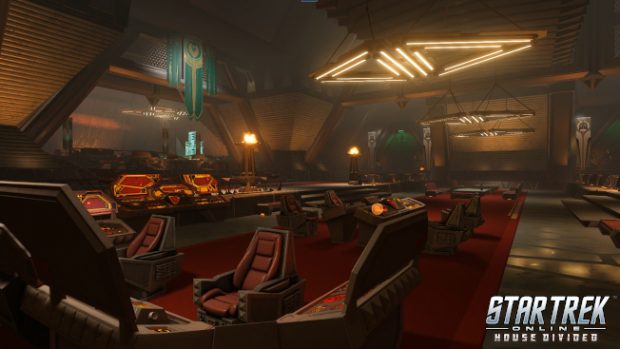
Star Trek Online players have been spending a lot of time lately interacting with characters and places from Star Trek: Discovery lately. Even though this is one of the IP's newest entries, players will notice the content provided in the last few updates, including House Reborn, has been crafted with the same attention to the details of the TV show as content based on any of the earlier series or movies.
Aside from the obvious reason -- that being that this is Star Trek and fans definitely notice when things aren't right and are more than willing to let the devs know -- part of the reason Star Trek Online ties in so well with the rest of the universe is because Cryptic has people who are long-time fans, dedicated to the IP working for them.
Recently, the STO team offered MMOBomb a chance to interview one of these individuals: the game's senior environment artist, Nick Duguid. Nick has been with Cryptic since 2005, when he started out working on City of Heroes. In 2012 he joined the STO team and has been working on bringing the Star Trek universe to life in the game ever since. Among his work are several ground and space maps, including New Romulus, Earth Spacedock, and the Battle at the Binary Stars.
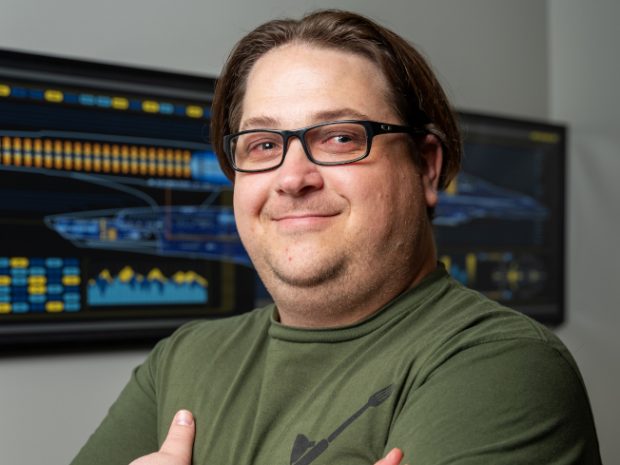
Nick was kind enough to answer our questions about his time with the IP, what it's like working on a well-known franchise, and even what kind of advice he'd offer aspiring environment artists. If you like Star Trek or art and decide you'd like to follow Nick's work, you can find him on Twitter @Tumerboy.
MMOBomb: Tell us a bit about your job. How does one become the Senior Environment Artist of Star Trek Online? What does it entail?
Nick Duguid: Environment art is basically set-building for video games. We make the maps/levels/environments your character runs around in. For something like Star Trek Online, that might be a space map with planets and nebulae to create. It might be Starship corridors and transporter rooms, or it might be a strange alien world with lava geysers and giant mushroom trees. The job/title changes depending on the studio and game, but at Cryptic, that means that I’m responsible for everything in the environment. I model the geometry, I create textures and materials to apply to them, I set up skyfiles and set the atmosphere, I do the lighting in the level, and I may set up simple animations, or apply environment FX created by our FX artists.
While someone could be hired into the position, I became the Senior Environment Artist by going through the ranks. I was hired as an Associate Environment Artist back in 2005, and worked on various projects at Cryptic between then and now. It’s been a long time, and I have tried to hone my skills and bring my A game as much as I could.
MMOBomb: What other projects did you work on before joining the STO team?
ND: I got hired for the City of Villains expansion on City of Heroes. My first tasks were to put graffiti and garbage around the streets of Bloody Bay. I worked on Champions Online after that, and have been on a number of internal projects over the years. I started on Star Trek Online in January 2012.
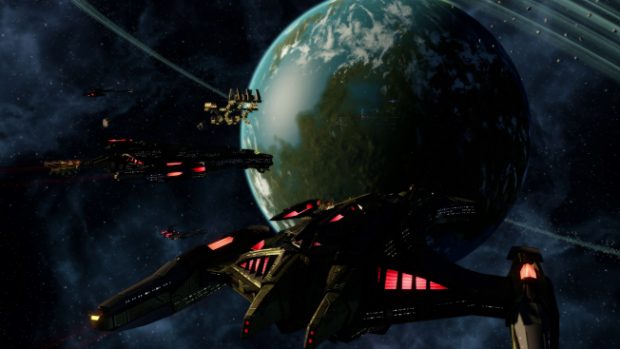
MMOBomb: We’re told you’re a long-time Star trek fan. What drew you in, and in what ways does it make your job easier or more difficult?
ND: When I was a small child in the ‘80s, I remember watching the original Star Trek with my dad, and thinking it was dumb. But as soon as The Next Generation came out, I was hooked. I’ve been a fan since. As a slightly larger child in the ’90s, I was much more into the technical side of things. I liked the ships. I liked the technobabble. I liked the world of Star Trek. I had the TNG Technical Manual, the Encyclopedia, the Compendium, the Nitpicker’s Guide, and various other toys and memorabilia. Some of my earliest “digital art” was using the black-and-white hand scanner at my dad’s office to scan in the Enterprise-D schematics from that book, and clean them up in MS Paint. This was all long before I knew anything about 3D, or wanting to work in games.
Now with Star Trek Online, the entire team is made up of avid Trek fans, but there are some of us that have just been steeped in it for longer, or have managed to absorb more of it over the years. We are the ones who speak up in pitch meetings and say things like, “Nah, we can’t do that because in (episode name), (character name) said the (technobabble) couldn’t handle the (technobabble).”
For the Environment Art side of things, what all of that means is that I have an attention for detail, particularly in the visual details of the sets and worlds, that others on the team do not. When we’re recreating a set that we saw on screen, I will spend a lot of time watching as many of its appearances as I can, capturing screenshots and trying to get a full understanding of the space. It’s actually been interesting rewatching the shows with this particular eye towards the sets. I can’t watch any episode of TNG, DS9, or Voyager now without seeing the characters walking down the corridor and thinking to myself, “The Transporter Room is behind that door, and that door is Sickbay, and that door is the Turbolift.” When they turn the corner and the camera cuts, I can’t help but see that they’re just walking back down the same corridor the other direction.
Oh, and 30 years later, that old, very dog-eared TNG Technical Manual is still sitting on my desk, but now it’s a vital resource for my actual job.
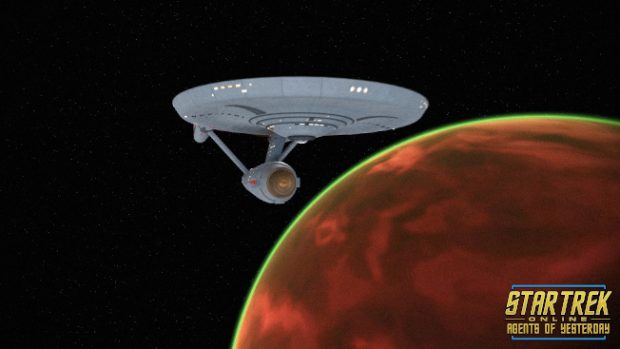
MMOBomb: Speaking of difficulties, are there any that arise when working on a game based on an existing universe, versus a game where you have to create the world from scratch?
ND: One of the fun things about working on Star Trek Online is that we get to do both. While we do make plenty of things from canon, we also get to make our own stuff up and add it to the universe. There is a sharp divide between the processes for each, and they both have their own benefits and challenges.
When we’re making something from the show, we benefit by having a very precise set of references to follow. We have actual pictures we’re trying to replicate. However, that also means that we have to make them look that way, and if we’re off, even by a bit, you can be sure that Star Trek fans will notice.
On the other hand, when we’re making something new, it’s a glorious freedom of not being tied to something, but also potentially considerably more work, because we have to come up with it all ourselves and do our best to make sure it fits in with the world we know.
It’s actually really nice to have both available to us, and as an artist, to kind of bounce between them. Just as we get done with a canon project and I’m feeling so constrained, we’ll get something brand new to work on that we can invent ourselves. And just as that is wrapping up and I’m mentally exhausted from trying to invent it all, I’ll get some new canon location to make, and will be stoked to go down the rabbit hole of dissecting the screenshots.
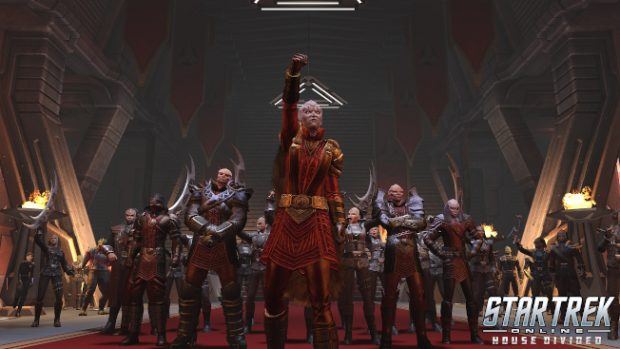
MMOBomb: How do you go about translating what we see in the Star Trek movies and series to Star Trek Online? How much wiggle room do you have?
ND: There actually isn’t much wiggle room. Or maybe it’s more accurate to say that we don’t allow ourselves wiggle room. We don’t want things that look sort of like the show. As a fan, if I’m playing a Star Trek game, and I’m going to Deep Space 9, I want it to look just like what i saw in the show. So as an environment artist, that’s what I want to deliver.
Bringing that to life all starts with gathering references. Reference gathering, at least for an IP as storied and long lived as Star Trek, is an artform in itself. If it was ever shown on screen, I will find that scene in the shows or movies and take numerous screenshots of it.
This task can roughly be divided into taking shots of things we see a lot of, and taking shots of things we only see a couple of times. For the former, this can be a lot of work. When modeling the bridge of the Enterprise-D, there are seven full seasons of the show to go through. I’m not going to watch every episode and take a screenshot every time the bridge is shown, but I’m going to watch enough to get a good smattering of shots.
If we only see it a couple of times, or even if we only see it once, I will get as many shots as I can. Even in sets that we saw all the time, what we may see is the bulk of the room, but they never seem to show the upper right corner of the back wall. So if I can ever find a shot of that corner, I will make sure to grab it. Fight scenes are great for this. Many of the elusive shots of ceilings came only when someone gets knocked over in a fight scene.
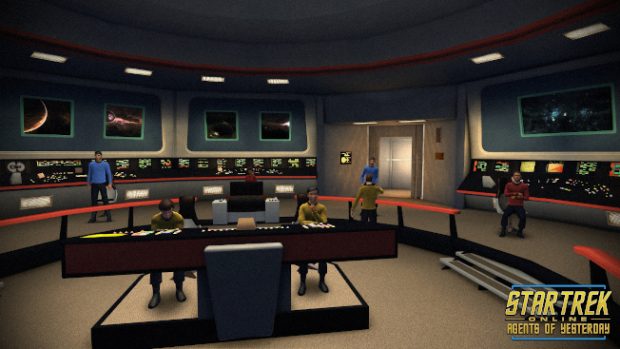
The standing Star Trek sets also go through changes over their multiple seasons. In the case of the bridge of the Enterprise-D, the room got some alterations between Seasons 1 and 2. Are we making the Season 1 bridge? Or the Season 2-7 bridge? Given that we saw more of the latter and that’s most people’s mental image would be, we went with the 2-7 bridge.
We’ll also seek out references from places other than the actual show. We’ll look for behind-the-scenes photos, or photos of particular objects from costume and prop auctions -- really, anything and everything we can get our hands on. In the case of the Klingon Monastery at Boreth which we just released, we got as many screenshots of Discovery as we could, but they shot on location at Knox College in Toronto. Lucky for us, Knox College is also a popular location for wedding photos. So our reference folders are a mix of screenshots from the show and various couples’ wedding pictures. They were immensely helpful. There are also a number of fan run sites out there that help us get all of this together. Memory Alpha, Ex Astris Scientia, and Trek Core have all been tremendous resources over the years.
Once the reference is gathered, we’ll start doing what’s called a Whitebox. Essentially, this is a rough modeling of the space, with no textures on them, to determine the playspace and scale of everything. We’ll use set plans, or telegrametry to try and measure out the real spaces, and then translate that into 3D.
Once design gives us the green light, we start making it all. We’ll use the Whitebox as a guide as we do more finished modeling of everything. We’ll create textures and materials based on what we see on screen and try to capture the same lighting and mood. Everything will be tweaked and adjusted as we go. We can model everything up and you'll think it looks fine in the modeling program, but once you get it in game you can see that there should be more space between the door and that wall, or this thing is too tall, etc. Getting it all right requires a lot of iteration and refinement.
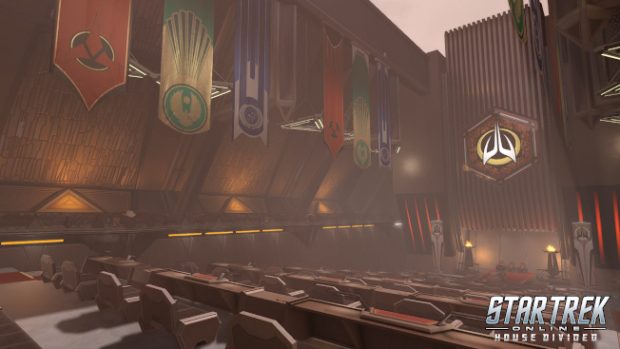
MMOBomb: What are some solutions you’ve had to come up with to make places that exist in the shows work in an MMO?
ND: Scale is probably the biggest concession we make. In the early days of STO, the interior spaces that were made were drastically oversized, in order to accommodate gameplay. In the last five years or so, we’ve been able to bring things more in line with reality, and with what we see on screen. But even what we make today is about 50% larger than real-life dimensions. A hallway in your house is probably about 3’ wide. The hallways in TNG were 8’ wide. But when we put 8’ hallways in game, they feel like they’re 3’ wide. This is largely due to the fact that we mostly have a 3rd person camera, so rather than the view being from the eyes of your character, they are from a camera 10-15’ behind (and usually above) your character.
We still struggle with scale a bit, and will go back and forth on it every time we make a new canon map, but we’ve mostly settled into the current standard, and I think it has served us well in all of the interiors we’ve made in the past few years.
MMOBomb: Considering a lot of the game takes place in space, and space can feel the same a lot of the time, how do you go about keeping it interesting for players spending a lot of time there?
ND: One of the great things about the Cryptic Engine, is how our skyfiles are set up. Everything is in layers, which can be moved and swapped and colored, and tilted all over the sky. This means that we can take a sun from one map, this cool swooshy nebula from another, these cool stars from another, and just mix them all together to create a brand new skyfile, without actually having to create any new assets. After 11 years, we have a lot of assets to pick from. Because of that, making space maps can be a lot of fun. It’s kind of like playing with Legos. We already have all of the parts, we just get to plug them together in different ways to see what we can come up with.
These sky domes are important as a frame of reference when you’re flying around. While most of space is pretty dark and samey, when you’re flying around in your ship, you need landmarks to know which way you’re going. Most space maps will feature a planet, which helps with that, but we’ve also picked up on various actual and fictional stellar phenomena to throw around, including dying stars, binary stars, black holes, etc.
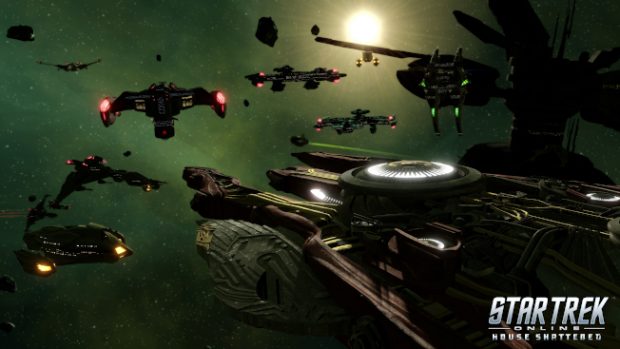
MMOBomb: What’s been your favorite thing to bring out of the shows and into the game? Your least favorite?
ND: Ugh, that’s hard. Rather than picking a favorite map I’ll say that the best thing about working on this game is when I hear from players who recognized some detail in the map that most people would miss. It’s nice to hear from other people that are as into those little, minor things as I am. My least favorite is feeling like I haven’t lived up to the show. I hate when I feel like something I’ve made has strayed too far, or feels like it’s twisted what we saw in a bad direction. Luckily, that hasn’t come up often.
MMOBomb: What’s something that you’ve seen in one of the shows that you’d really like to bring into the game in the future?
ND: Oh man, there is so much left to do! We’ve done full interiors for TOS, TNG, DS9, Voyager, and Discovery. The notable absence from that list is Enterprise. I would love to take a stab at the nuts & bolts submarine interior of Star Trek Enterprise. I’d also love to explore more of the worlds of the Federation. These are places we haven’t seen much of: Andoria, Tellar Prime, even Vulcan. I always want to expand the world and see more of it.
MMOBomb: If any of our readers might be considering becoming an environment artist for a video game, is there any particular path you’d advise them to take?
ND: The primary thing that makes any artist an artist is just that they make art. If you want to be an environment artist, make environment art. There are a ton of good, free software packages these days. If you’re self-motivated, you can do it all yourself at home. If you’re like me, and not great at that, there are a lot of college programs in 3D art and game design that can help you stay focused. Good luck to you!
Related Articles
About the Author

QuintLyn is a long-time lover of all things video game related will happily talk about them to anyone that will listen. She began writing about games for various gaming sites a little over ten years ago and has taken on various roles in the games community.
More Stories by QuintLyn BowersRead Next
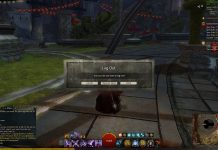
If you haven't yet made a New Year's Resolution, it's not too late.
You May Enjoy
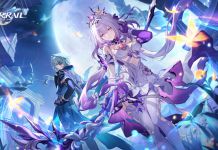
The update features several anniversary events.
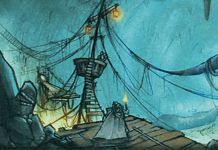
Sit back and let me tell you the epic tales of Lemac and Oroblram
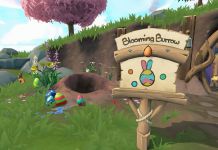
Plenty of rewards and a new adventure await.
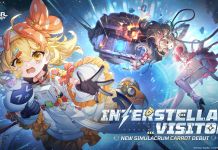
Don't forget to transfer your PC or mobile account. You're running out of time.
Discussion (0)